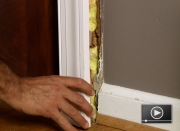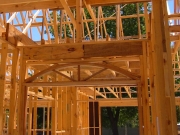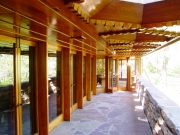How To Install Door Casing
Now that youíve installed a new energy-efficient front door, your home radiates curb appeal. Inside, though, we have one more project to complete the new look Ė door casing. With the right tools and a little know-how, installing door casing is a job any DIYer can accomplish. Join the At Home channelís host, Jeff Wilson, for a quick lesson on how to install simple casement trim around a new front door.









